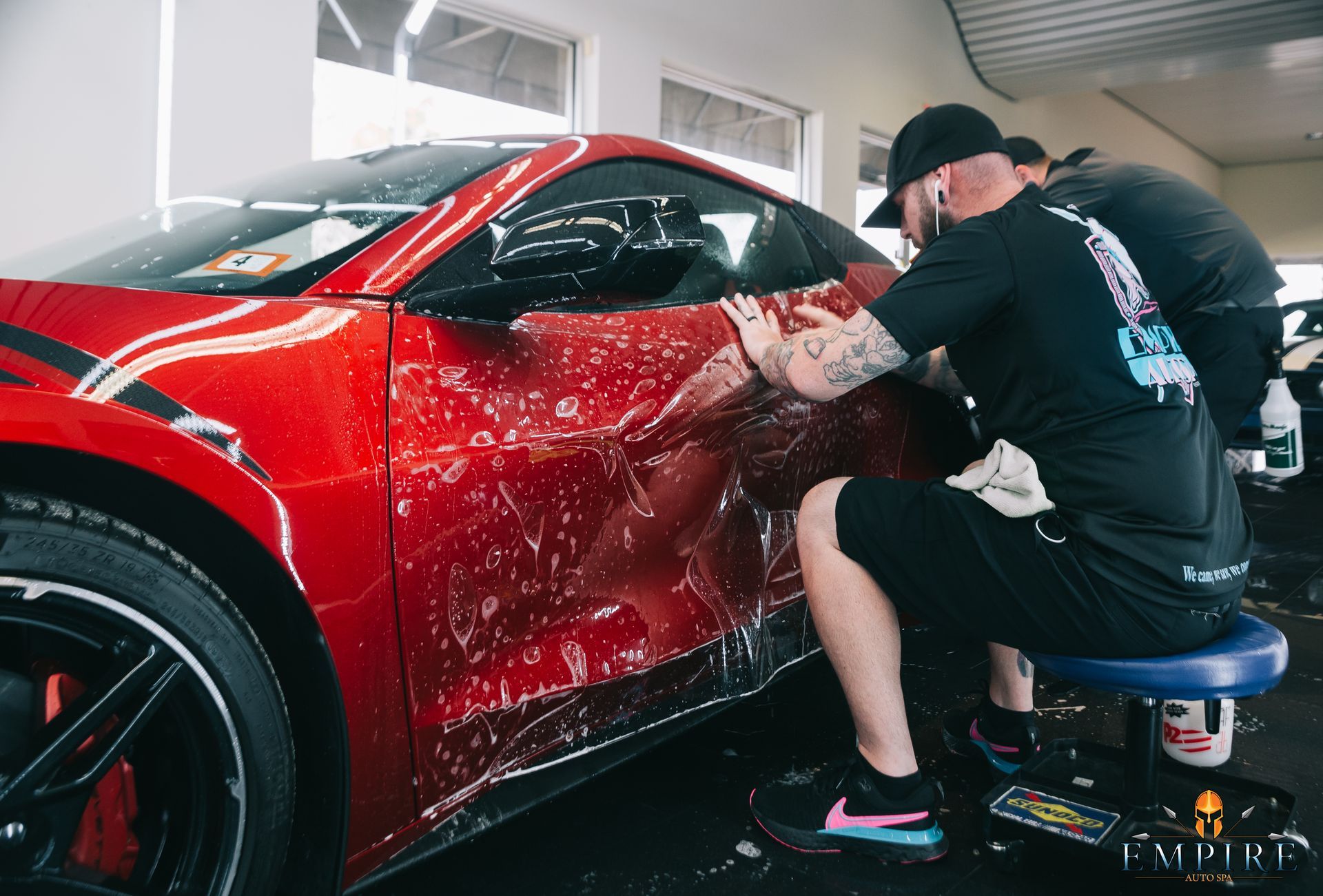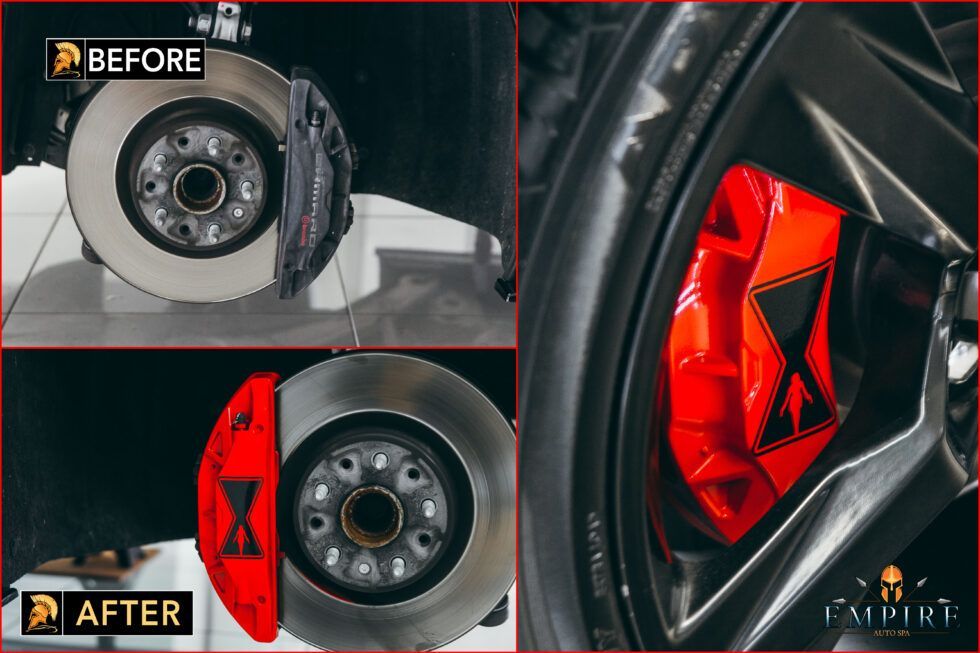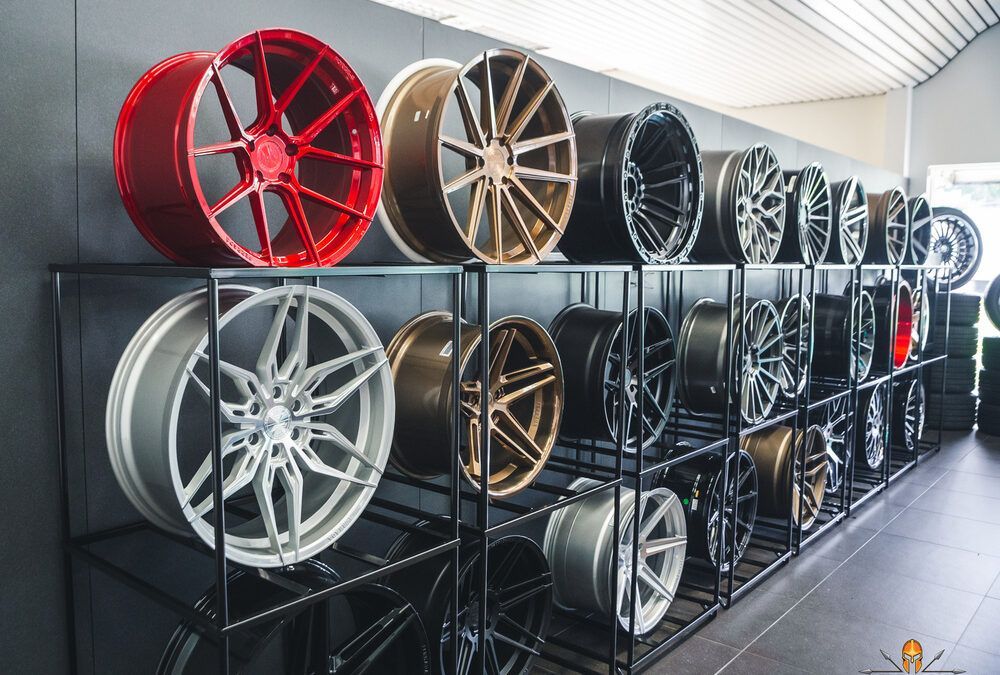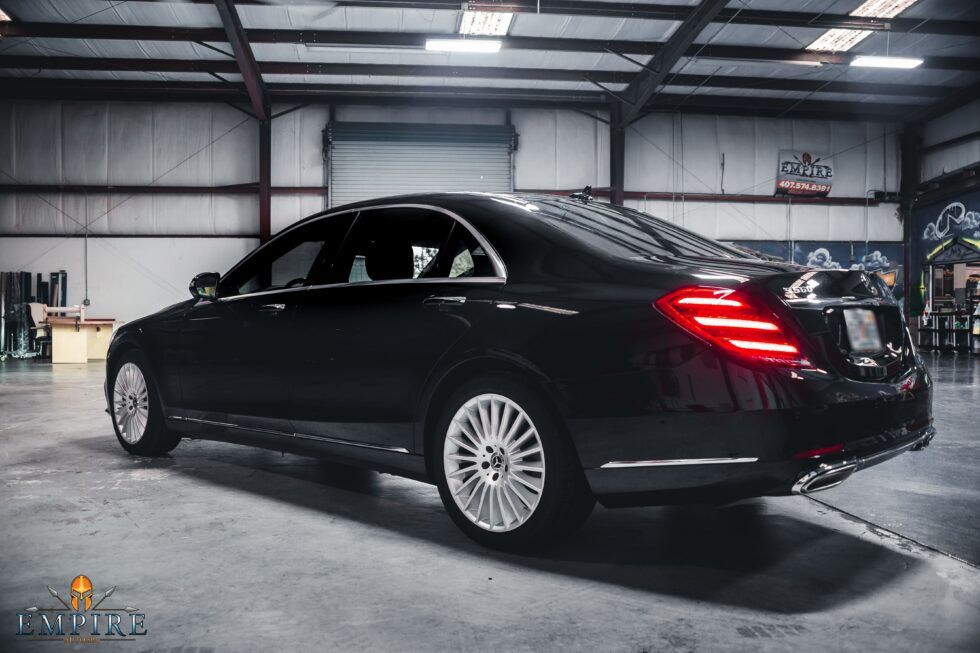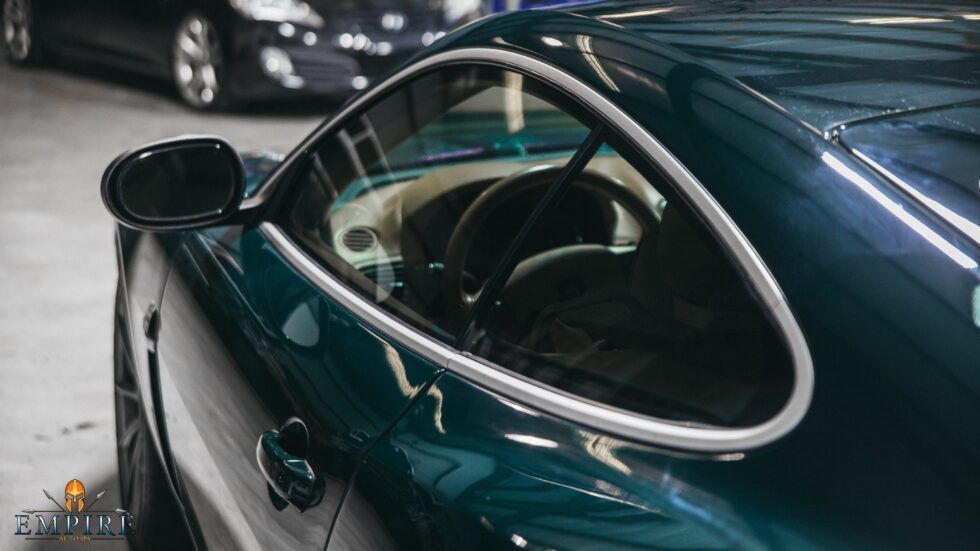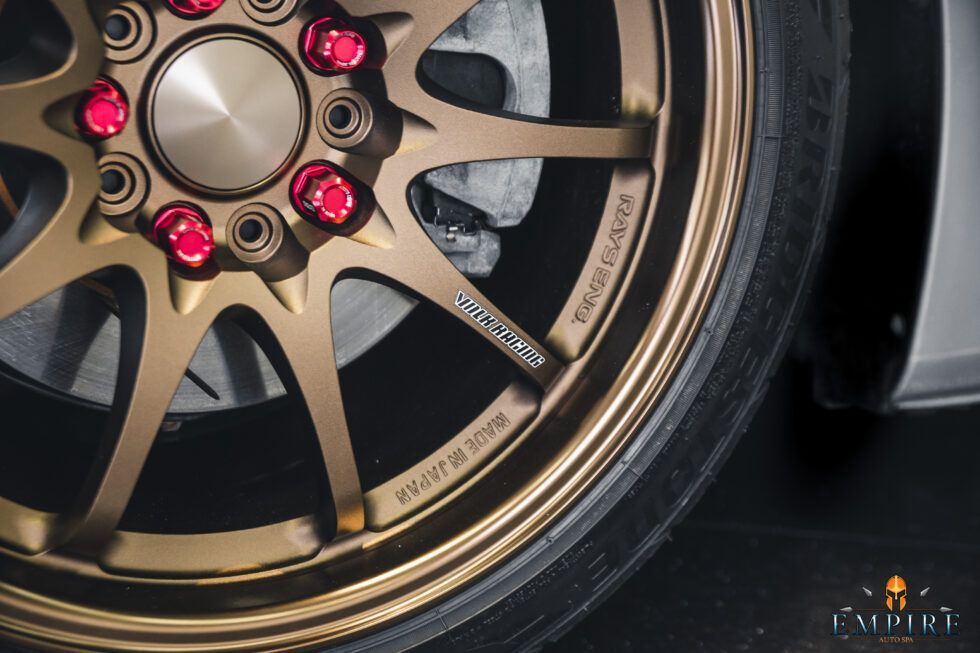Auto Detailing 101 – Understanding the Basics
What is auto detailing 101? Learn the basics from local car detailing experts near you
Cars are high-value commodities that require frequent maintenance and upkeep. Cars are one of the most used commodities and we gain a lot of benefit from them. Hence it is important to look after them and keep them in good shape. Most people believe that a normal car washing session is good enough to sustain the car in the long run. The usual car wash does a good job of removing superficial impurities and stains. However, for more detailed and thorough cleaning of the car, regular auto detailing sessions are required.
What is auto detailing? Let’s find out here. As the name suggests, auto detailing is the thorough and detailed cleaning of a car’s interior and exterior. It is done by professionals who use specialized tools and products for cleaning the car. Some cosmetic touch-ups are also included in the auto detailing session, however, paintwork and body repairs are not part of the auto detailing service.
Auto detailing involves the reconditioning of the car’s interior and exterior surfaces. The end goal of auto detailing is to restore the car’s appearance by eliminating any scratches, stains, and swirl marks. It is all about cleaning the car and preserving its shine and gleam. Regular auto detailing will help keep your car in good shape and fix minor issues.
Let us take a look at the major components of a professional auto detailing session.
What Are The Major Steps of Auto Detailing?
Professional auto detailing comprises of two major phases:
- Interior detailing
- Exterior detailing
Both these phases can be broken down into the following steps:
Exterior Auto Detailing
Washing the Surface
- The car’s exterior is washed extensively using special car soap. The soap softens the mud, dirt, and grime and can easily be washed away.
Cleaning the Wheels
The wheels bear the maximum brunt. They are exposed to rough surfaces and sustain the load from the entire vehicle. The next process in auto detailing is to remove the dust and slime from the wheels and clean the brake calipers, and lug nuts, etc. special brushes and high-pressure water is used for cleaning the wheels.
Claying the Paintwork
- To restore the gleam of your car’s paintwork, it is clayed using a specialized clay bar. This helps remove the tightly bonded dirt from the car’s surface which may not have been removed from washing action. The paintwork is then washed and dried using washing mitts and microfiber towels so that no scratch would appear. Claying reveals a clear coat of the car.
Polishing the Paintwork
After that, the paint is polished will helps remove light scratches and swirl marks that may appear if the car hits any hard surfaces. Polishing can be done by hand or through a polishing machine.
Waxing the Paintwork
- The last step involves waxing the paintwork. Wax provides a protective layer to the paintwork and adds shine and gleam. A high-quality carnauba car wax is used for this purpose.
Interior Auto Detailing
Vacuuming The Carpets
The first step involves vacuuming the carpets and all interior surfaces like the area under the seats. Steam vacuum is needed for more stubborn stains otherwise a good detergent and scrub brush is enough to clean the surfaces,
Cleaning the Interior Surfaces
- Interior surfaces such as buttons, crevices, bezels on the dashboard, and vents require thorough cleaning. They have narrow openings and dust can be accumulated on these surfaces which need to be removed using special equipment.
Cleaning Glass Surfaces
Glass surfaces are prone to getting stains and smudges from fingers. They should be cleaned with the help of a window cleaner and glass cloth. Use a glass sealant as a protector to stave off smudges from raindrops.
For more details, contact Empire Auto Detailing. They provide auto detailing services in Florida.


